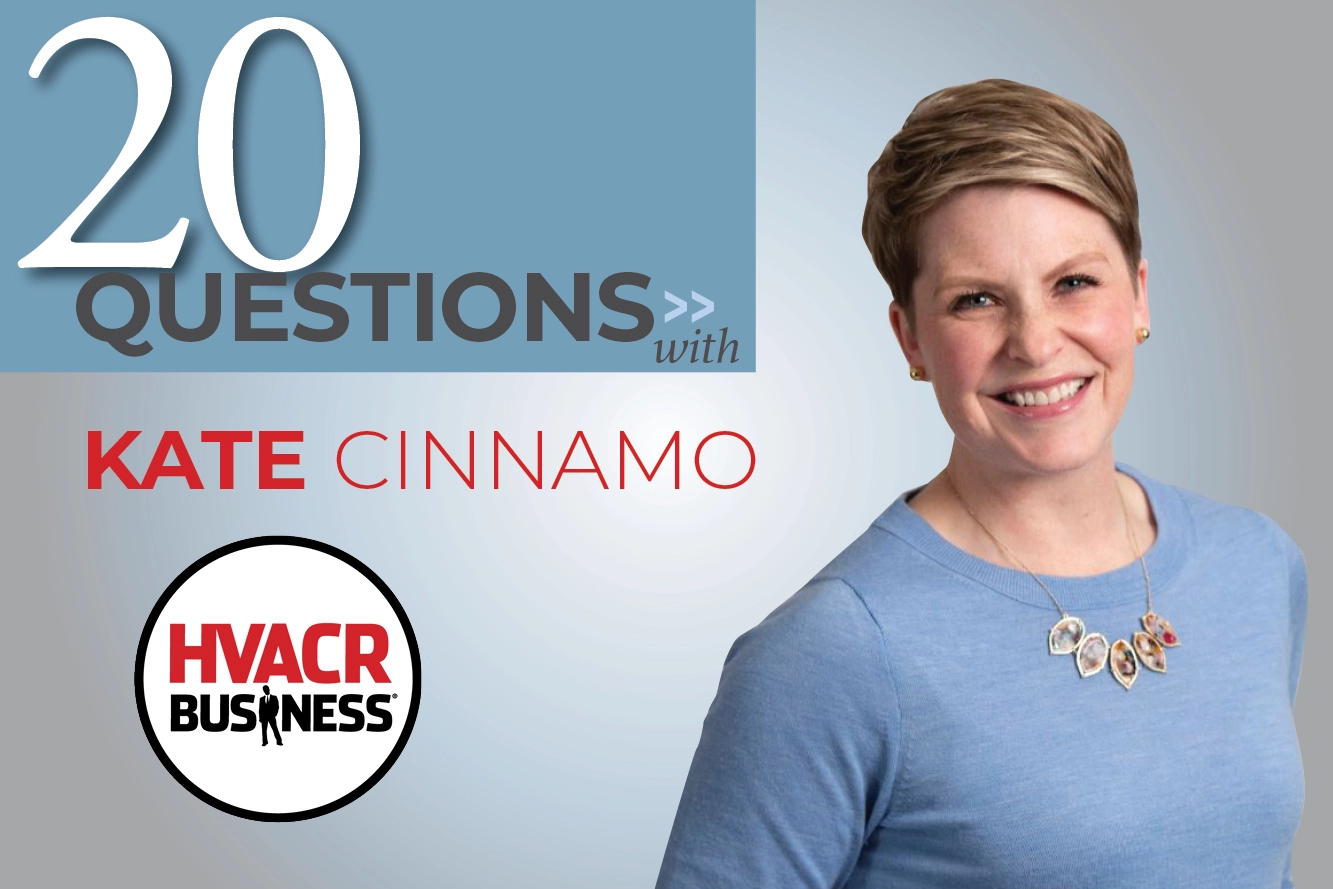1. How did you first become involved with GAC Cooling and Heating?
The founder’s son and I were childhood friends. We went to college together and I asked him for a summer job. I did a little bit of everything those four summers.
2. What did you study in college?
Business management and finance.
3. Did you try other jobs after college?
I took a job as a data analyst in 1995 for a large financial services company and hated it. In hindsight, I learned a great deal and it helped me tremendously when I came back to GAC.
4. When you came back to GAC where did you start?
We were small then – we had only six employees including the owner. I was trained in the trade on the job. I quickly learned diagnostics, ran service calls, sold replacement systems and accessories, and performed the installations on the jobs that were sold.
5. Did you become licensed?
Yes, I earned my licenses, became NATE certified, and became an expert in emerging technologies of variable speed equipment and communicating controls.
6. When did you realize you had an interest in becoming an owner?
Back when I was working summers, I spent my evenings assisting the owner in modernizing the business side of things by computerizing customer files, implementing a customer management database system, streamlining ordering and payables, and building more professional proposals.
7. When did you move out of the field?
When the founder retired, I wore whatever hats were necessary in a small, growing company. I believed that I would one day own this company, or at least one like it. I treated the company like it was mine. I think that was the only way I accomplished so much in such a short period of time.
8. When did you have the opportunity to buy into the company?
The founder, Dennis Hoffacker, retired earlier than expected in 1996. He worked a deal with a long-time employee, Chris Leonard, to purchase the company. Chris and I then made a deal to allow me to build “sweat equity” in the company over the next 10 years. I earned a small percentage of ownership in the company during that time. In 2006, Chris was ready for a new direction in his life; he wanted to sell me the company and move to South Carolina.
9. What was your initial plan from that point moving forward?
I didn’t possess all the skills necessary to do the job alone. I needed a team. I turned to Bill Wetzel, who had been working with me for nearly 5 years. Bill had previous experience managing a huge customer service department and better management skills than me.
10. What did you do next?
I called an old friend, Rich Biava, to gauge his interest. Serendipitously, he was working in a company’s HVAC service business, performing many roles including marketing, sales management and general management.
11. After assembling your team what did you do next?
We outlined the best way to manage the new GAC in 2007. We took our key people to a nearby retreat for three days to get their input. Together we outlined a formal vision, mission, and philosophy that formed the foundation of our company.
12. What changes did you think needed to be made to improve the company?
We took over a company with a great name, an outstanding reputation, a large customer following, and a solid group of employees. We knew we needed to grow the company, and push key people to step up and take on more responsibility. The challenge was how.
13. So, how did you do it?
We started an aggressive marketing campaign. We hired additional sales people. We analyzed our processes to see how we could make them more efficient, save money, produce more sales, and/or improve job satisfaction for our team members.
14. What improvements and changes were you able to make?
The creation of our Quality Assurance Team had a dramatic effect on our efficiency, cost savings, and job enjoyment. Two of our lead installation technicians began visiting customers after the sale of a new system but prior to installation. This sounds backwards; but, in order to ensure the proper system was sold to the customer, the QA tech would measure the entire job, take detailed notes for materials, tools and ductwork modifications.
15. What is the main goal of the Quality Assurance Team?
It’s to ensure our install team arrives on the job as scheduled with all necessary equipment and materials to complete the job perfectly, on the first visit, with no surprises to the install team or to the customer.
16. Has this had a positive impact on your installation business?
It has dramatically reduced the calls from the install team requesting different materials or tools. They never leave a job to run to a supply house, reducing wasted time and frustration on their part as well as the customer. Best of all customer feedback is unbelievably high. It’s so efficient that each of our four-man install teams are scheduled for two replacement jobs per day.
17. GAC has won numerous awards can you name a few?
In 2013 we were named the North American Bryant Dealer of the Year. We are one of only 8 Bryant Pinnacle of Excellence dealers in North America. We’ve also won Angie’s List super service awards, and have been recognized by ACCA.
18. You’ve experienced a lot of growth over the past five years. How has this impacted your team?
We set a 2014 goal to ensure that our team members – our employees – are being supported as well as they should and are not being pushed beyond their limits.
19. What did that refocus entail? How do you keep your employees dedicated and focused while avoiding burnout?
As part of our 2014 refocusing efforts, we’ve redefined our service and install scheduling rules to provide a slightly reduced workload on our technicians. We’ve improved communications with our team, including implementing a video bulletin board system in our offices, monthly individual meetings between each technician and his/her manager to be sure they are fully informed.
20. It sounds like a great place to work. Do these internal improvements pay off?
Our team is what makes our customers comfortable and our focus, as leaders, is to make sure our team is supported so that they can do their job. Making an absolutely great experience with the customer at each and every point of contact with GAC.






